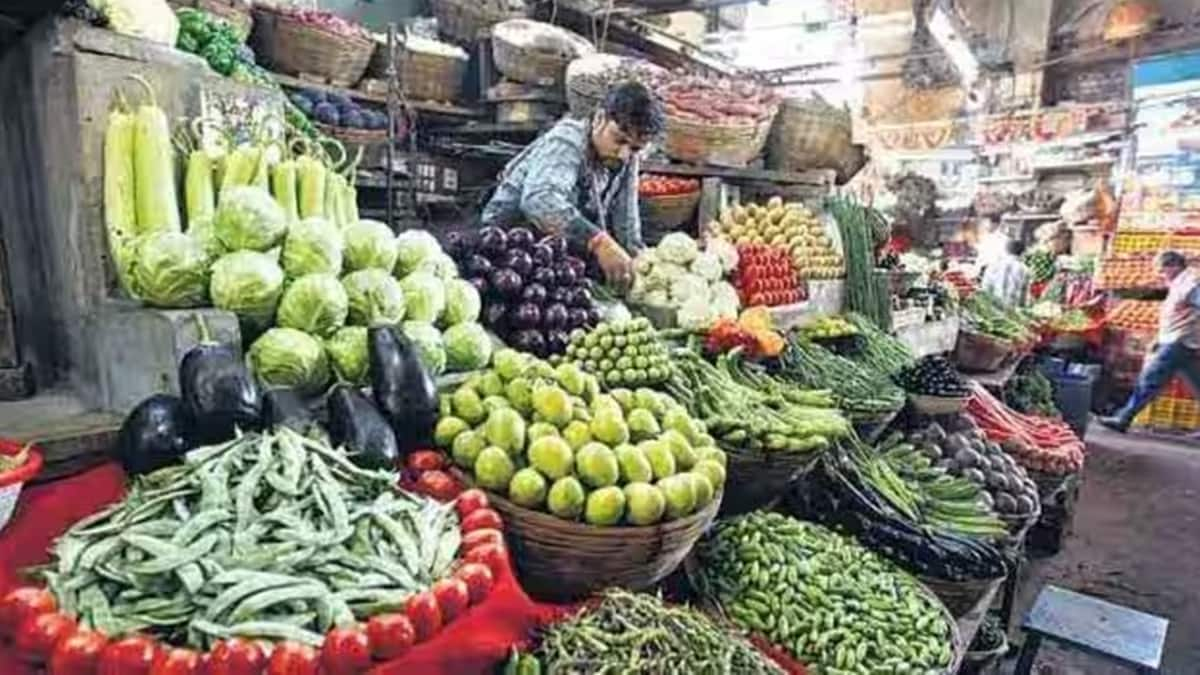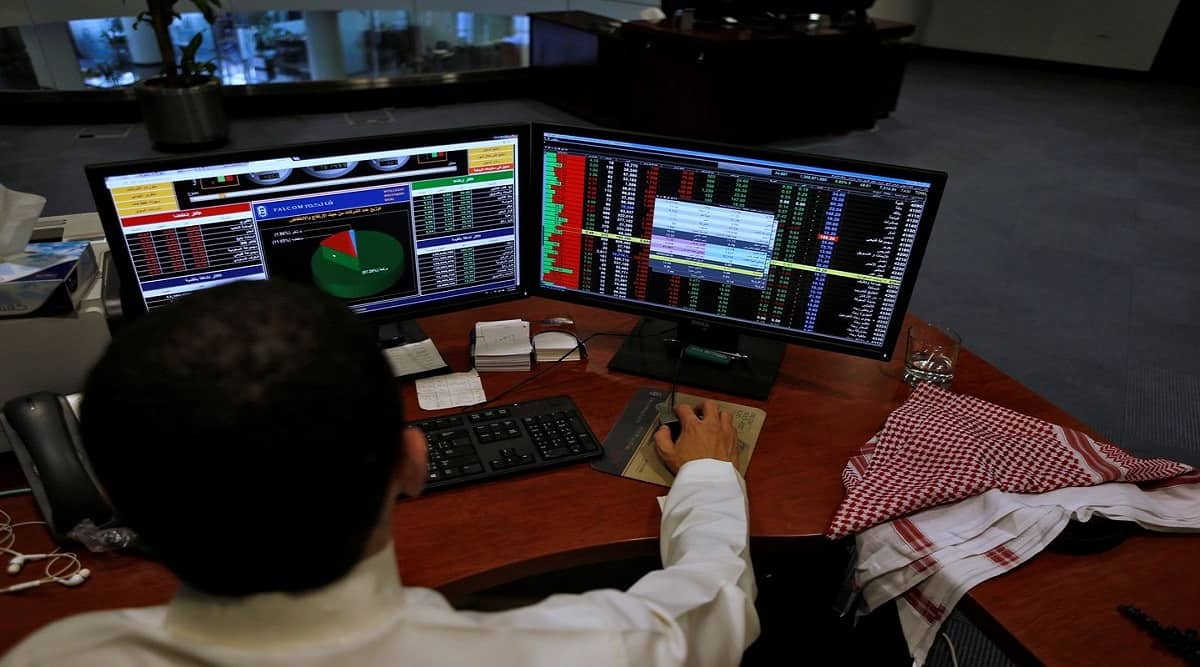
After staying low in the June 2023 quarter, the hump in the September quarter, mainly driven by higher vegetable and foodgrain inflation and an uneven monsoon, has changed the inflation narrative for India for this fiscal, said CRISIL report. Vegetables have 15.5 per cent weight in the food index, highest after cereals and milk and remains the most volatile component and so, the impact of this on food inflation is not a new phenomenon. “The inflation volatility is bad for consumers and farmers, and also distracts policymakers in the short term, forcing frequent and repeated price smoothening measures,” the report stated.
Besides, the report added, such spikes are frequent in India. “The last time it lasted long (in double digits for seven months) was in fiscal 2020 such that the annual average vegetable inflation surged to 21.3 per cent, taking up average food inflation to 6.7 per cent. And back to double digits between March and September 2022, averaging 15 per cent, it said, adding that a repeat of a similar case this fiscal year looks unlikely.
Besides the weather disturbances and pest attacks leading to losses, post-harvest wastages during storage and transportation further cut the stock available in the market. Unfavourable risk-reward dynamics and price uncertainty also disincentivise vegetable growers.
Data from recent years
Vegetable inflation has trended up in the past four years. CPI vegetables inflation averaged 5.7 per cent during fiscals 2020 to 2023. It averaged 0 per cent during fiscals 2016 to 2019, with interim periods of sharp deflation and steep inflation, mostly led by weather shocks. In comparison, average food inflation rose to 6.2 per cent during fiscals 2020 to 2023 from 2.8 per cent between fiscals 2016 and 2019.
The frequency of vegetable price spikes has also increased. In the past 100 months, CPI vegetable inflation was above its period average of 3.8 per cent in 49 months. It was above 7 per cent in 35 months, above 10 per cent in 30 months and above 20 per cent in 13 months. Volatility in vegetable inflation has increased as well. Measured by standard deviation, volatility in vegetable inflation, which was already high at 11.1 during fiscals 2016 to 2019, rose to 17.3 during fiscals 2020 to 2023. Food inflation volatility during the periods was much lower, at 2.9 and 3.4, respectively.
The pain-points
So, what really are the factors ailing vegetables in India? According to the CRISIL report, high volatility in production and prices and supply-demand mismatches are the main pain-points here.
High volatility in production and prices: In India, both vegetable production and prices have been volatile, the latter exhibiting higher volatility driven by adverse weather events and demand-supply mismatches. The production and prices of vegetables is difficult to predict. “Vegetables are grown throughout the year, are more vulnerable to weather shocks and pest attacks, and have no price signalling mechanism (such as minimum support price) or any assured offtake by the government. The lack of price predictability in such a highly volatile and heavy-weight food component brings a large degree of uncertainty to inflation forecasting and requires detailed probing on the factors that drive it,” it said.
Supply-demand mismatches: While the production has been high, growth has slowed in recent years and falls short of demand. Demand, on the other hand, is surging. In fact, estimates from a Niti Aayog study highlight the large gaps in supply and demand of vegetables. Demand, here, is not equated with consumption under the assumption that consumption would be lower and based on final availability. For instance, for 2016-17, the estimated demand-supply gap was 4.2 million tonne — that is, actual supply was ~2 per cent short of estimated demand. Beyond that, comparing actual supply with demand forecasts as per the report suggests the gap has only widened.
Implications of price volatility in vegetables
Price volatility in vegetables can distract policy in the short term as projections go haywire. Though transient (since vegetables are short-duration crops), the uncertainty on the extent and duration of the spike can bring hawkishness to inflation-targeting monetary policy.
Secondly, since vegetables are essential and high-frequency-purchase items across rural and urban areas, a surge in their prices can distort the household budget; keep inflation expectations high; and dent purchasing power for discretionary items.
Thirdly, uncertainty on prices amid absence of price signaling affects production decisions. Production of vegetables can, as a result, fall prey to a cobweb pattern wherein prices in one cropping season guide sowing decisions in the following season. A drop in prices in one season could therefore result in production shortages in the following season, leading to price spikes and volatility.


